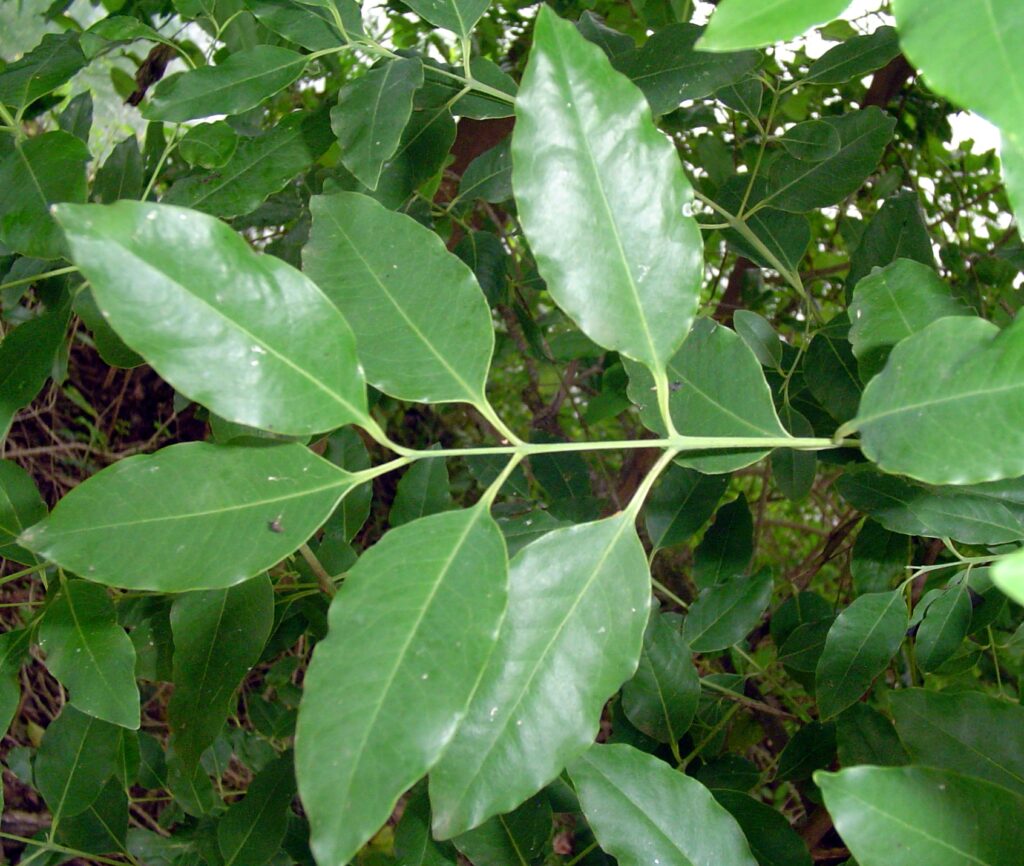Sudan
Sandalwood
Santalum

General Description / Cultural Significance
In Sudan, the pervasive scent of sandalwoods is a hallmark of daily life, reflecting the deep-seated olfactory culture of the Sudanese people. This fragrant essence, reminiscent of amber, is woven into the fabric of Sudanese identity, permeating both public and private spaces through perfumes and incense. The aroma of Santalum, commonly known as sandalwood, is more than just a pleasant scent; it is a cultural emblem that embodies the spirit and traditions of Sudan.
A prominent manifestation of this olfactory tradition is the perfume known as “Khomra.” This intricate blend, central to Sudanese cultural practices, comprises various ingredients, with ground sandalwood as the primary component. The perfume also includes Dufra (sea shells), lime, sandal oil, and a rare type of musk derived from crocodiles. Khomra holds particular significance for women, often associated with bridal customs, symbolizing purity and the transition into married life. Beyond its use in weddings, sandalwood is also applied to newborns, creating a scent-based bond that reinforces familial ties and childhood memories.
The use of sandalwood extends beyond personal adornment into the realm of spiritual and communal practices through “Bakhur,” the Arabic term for incense. For many Sudanese, both within and outside their homeland, Bakhur serves as a potent link to their cultural heritage. Infused with sandalwood and other spices, these parcels of incense evoke memories of home, offering comfort and a sense of continuity amid displacement. Given the historical and ongoing political and civil unrest in Sudan, Bakhur has become even more significant, providing emotional sustenance during times of upheaval. This connection is encapsulated in the ancient Sudanese proverb, “Bakhur is the food of the soul,” underscoring the deep spiritual and cultural resonance of sandalwood in Sudanese society.
Climate Change / Conservation Status
Sudan, a central African nation, is grappling with numerous climate change challenges, including flooding, erratic monsoon rains, drought, and rising temperatures. These environmental stressors have compounded the socio-economic issues already exacerbated by the nation’s ongoing conflict. According to recent reports from the Integrated Food Security Phase Classification (IPC), over 42% of the Sudanese population now faces food insecurity, a situation expected to worsen as climate change intensifies. While the human toll of these crises is evident, the full extent of the environmental repercussions remains uncertain.
Regarding sandalwoods, much of the material used in Sudan is traditionally imported, with the most prized sandalwood originating from India. The long-standing preference for Indian sandalwood (“the good stuff”) reflects both the cultural and economic ties between Sudan and its trading partners. Research currently suggests that sandalwood production will not be significantly affected by climate change before 2050. Projections indicate that new, suitable areas for sandalwood cultivation may emerge in central and northern India, contributing to the sustainability of this valuable resource despite the uncertain environmental future. These developments offer a measure of hope, as sandalwood continues to play a vital role in the identity, and the cultural and economic life of Sudan, even as the country navigates the challenges of climate change, hunger, and political instability.
Alternate Names
Chandan (in Hindi and other Indian languages)
Santalum (scientific genus name)
White Sandalwood (distinguish red sandalwood)
East Indian Sandalwood
Saunders (archaic English name)
Yellow Sandalwood
Mysore Sandalwood (specific to the region in India)
Sandal (in some contexts as a shorthand)
Sources
El-Hadi, N. (2020, April 28). Perfuming my Daughter. THIS.
Hamed Ali, A. (n.d.). Sudan’s Puzzle: Confronting Climate Change in a War-torn State. Middle East Council on Global Affairs.
Jalonen, R., Gaisberger, H., Warrier, R.R., Yuskianti, V., Krishnan, S. (2022). Modeled Distribution of and Threats to Sandalwood in a Changing Environment. In: Arunkumar, A.N., Joshi, G., Warrier, R.R., Karaba, N.N. (eds) Indian Sandalwood. Materials Horizons: From Nature to Nanomaterials. Springer, Singapore.
(n.d.). The Clove’s Fragrance. Women’s Literacy Sudan.

